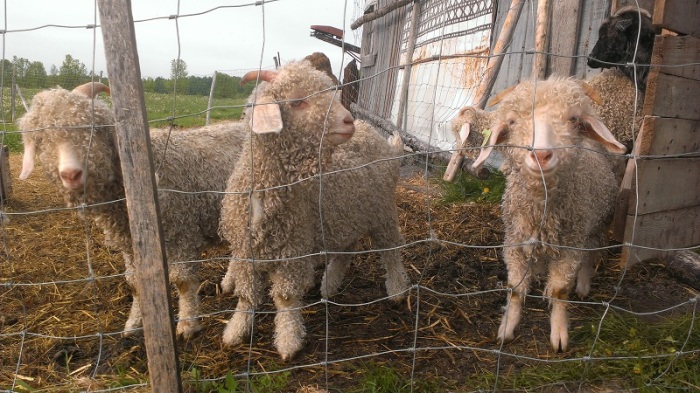While reading the enjoyable blog that Karen one of our readers writes, (The Sweaty Knitter) I came across a very interesting post about the fibre content in yarns. Unless we have a substantial stash and have lost labels over the years, or are routinely given yarns of unknown origin, I believe most of us are in the habit of simply trusting what is written on the yarn’s label. As the article below shows, this apparently isn’t as safe a practice as one would expect.
I noticed from the comments on this post’s original page that one result of learning the information in the article was a desire to check on the fibre content of yarn. The simplest and easiest way to do this is to give it the burn test. If you aren’t familiar with this process, or would like details on how to interpret the test’s results, you may want to visit this reference page. There you will find an excellent and detailed explanation of what the burn test is, how to do it, and a simple to follow chart that will help you to interpret your results.
In closing I’d like to add one last thought. I agree with Karen about shopping locally whenever possible, but not all of us are lucky enough to be able to meet our fleece bearers in the field. However, the internet does offer a wonderful bridge. It can allow you to have the intimacy and personal attention that you only receive from a small business owner. When you shop online with a family run business you can get to know and interact with the sites’ owners as easily and often as you might with any local shop owner. It may not be as much fun as frolicking with your yarns’ source in the pasture, but you can read about them, see pictures of them and ask the owners for details about the animals your yarn was spun from. Farm boutiques like Les Belles Bouclettes are both a long distance alternative, and your own personal link to the yarn’s producers. You still get to support a small business and know for SURE where your yarn came from, and what (and who) it is made with!
The Sweaty Knitter, Weaver and Devotee of Other Fiber Arts
Not infrequently we are advised of recalls of pharmaceuticals, meats, eggs, processed foods and even raw vegetables. But yarn?
Many of you probably heard that early this month, Trendsetter announced its recall of Lotus Yarns Mimi. Trendsetter imported Mimi from Lotus Yarns, a company based in the Hebei Province, South of Beijing, in China. Recently Trendsetter tested its Lotus yarns and learned that Mimi, rather than being 100% mink as labeled, was actually a blend of 40% angora, 13% wool, 30% rayon, and 17% nylon. (Contact the yarn store where you purchased the yarn for information about returning it.)
There have been other yarn recalls, some by the U.S. Consumer Product Safety Commission (CPSC).
On March 19, 2015 the CPSC announced the recall of Bernat Tizzy yarn. Tizzy, a super bulky weight 100% polyester  yarn, was manufactured in China, imported by Spinrite Yarns LP, of Washington…
yarn, was manufactured in China, imported by Spinrite Yarns LP, of Washington…
View original post 436 more words



